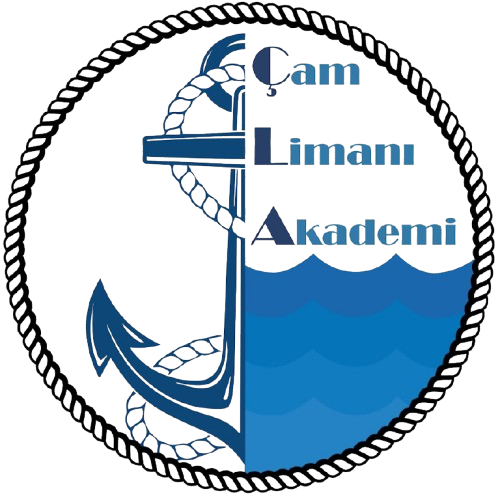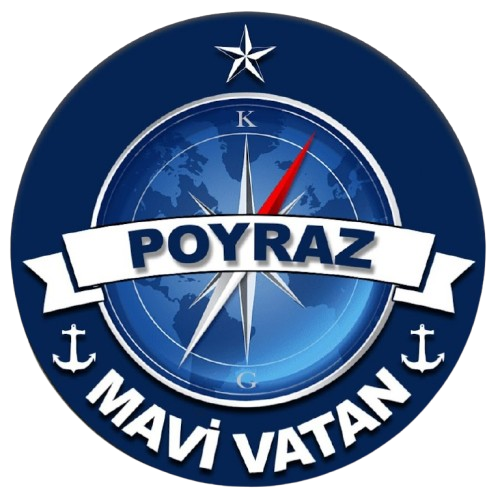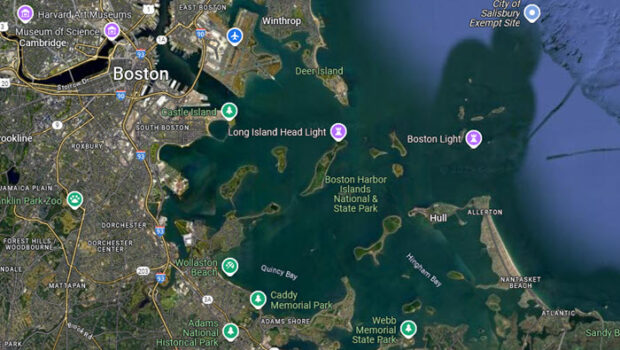The evolution of the ‘regatta’ has sought to improve the sport, but has it? Hall of Famer Bob Johnstone shares an example of simplicity from his book Maverick Marketer:
We moved to Boston in 2003, and I was invited along with Peter Craig, organizer of Key West Race Week, to a meeting of the Boston Harbor Alliance. The purpose of the initial meeting was to bring focus to the harbor islands by hosting an annual regatta to promote the islands as a recreational area.
Peter Craig described how it was necessary to contact class associations three years in advance to get on their schedules. He further described the need for several racing circles, with at least three mark and race committee boats for each circle. Additionally, a professional jury and a paid professional manager and staff were required to handle rating certificates and entry forms, among other tasks.
He stated, “This was the formula I used to make Key West Race Week a success.” Eyes were rolling. This was far beyond what the group had contemplated. The prospects for hosting a regatta in the near term seemed overwhelmingly impossible.
Time to Get Creative.
The next morning, I woke up thinking, Wait a minute! They have a dozen islands to sail around. There’s nothing more popular or more fun than ‘Round the Island Races’, whether it’s the Maine islands, Conanicut Island in Rhode Island, the Isle of Wight…you name it.
There were 1,000 or more sailboats sitting in marina slips around Boston and Charlestown and along both the South Shore and the North Shore. Some of those people have never raced but might have fun trying. To heck with the national classes and people from away.
The event’s purpose is to have fun and increase local recreational use of the islands. Let’s make this a truly local event. If a boat hasn’t raced before or doesn’t have a current PHRF rating, no problem; I’ll assign them a rating based on a PHRF New England rating for sister ships.
Then we’ll make it a pursuit race so slow boats are out front for most of the race. That makes it exciting for everyone. Crowded starting lines are avoided. You automatically get one-design starts with boats of the same rating. The crews can enjoy the scenery.
At most, two committee boats are required to start the races, one for the spinnaker division and one for the non-spinnaker division. A single RC boat or land site could finish them all.
Two parties can be scheduled: a skipper’s meeting and dinner on the night before and a picnic/trophy presentation after racing.
In addition to handing out 1st to 3rd place trophies in six classes, there was a Mayor’s Cup for the best performance in either fleet, a Family Crew Trophy, Top Female and Master (65+) in each fleet, Top Classic Yacht (pre-1970), President’s Bowl for the Top Community Sailing Club and One-Design trophies if three or more in a class. That year, there were J/22s, Solings, Catalina 30s, and Thunderbirds.
It was a huge success: 125 boats showed up that first year of the Boston Harbor Islands Regatta. 40% of them didn’t have PHRF rating certificates. Invariably, there were four or five skippers who had never raced before. We publicly identified them at the skippers’ meeting, warning everyone, “These boats have the right of way no matter what the circumstances.”
Solving the Primary Race Management Problem of Pursuit Races.
“What happens if the wind dies and the race committee has to shorten the race?” Suddenly, the simplest race to administer becomes a nightmare to score… when scoring holds up a post-race awards party!
Fortunately, PHRF offers a solution that has worked without any complaints. Sailing instructions are written with this provision (time must be adjusted for a race of different length):
“Shortening Course: Since the cross-over time between PHRF TOD (Time-on-Distance) and PHRF TOT (Time-on-Time) scoring is approximately 3 hours in 12 miles: The Race Committee may shorten the course any time after 3 hours have elapsed from the start of the first boat, by making two sound signals and announcing on VHF that the finish shall be between the RC Boat and the next turning mark, or a nearby floating mark.”
SCUTTLEBUTT News Link !
DemirHindiSG 28 Haziran 2025-17:03







